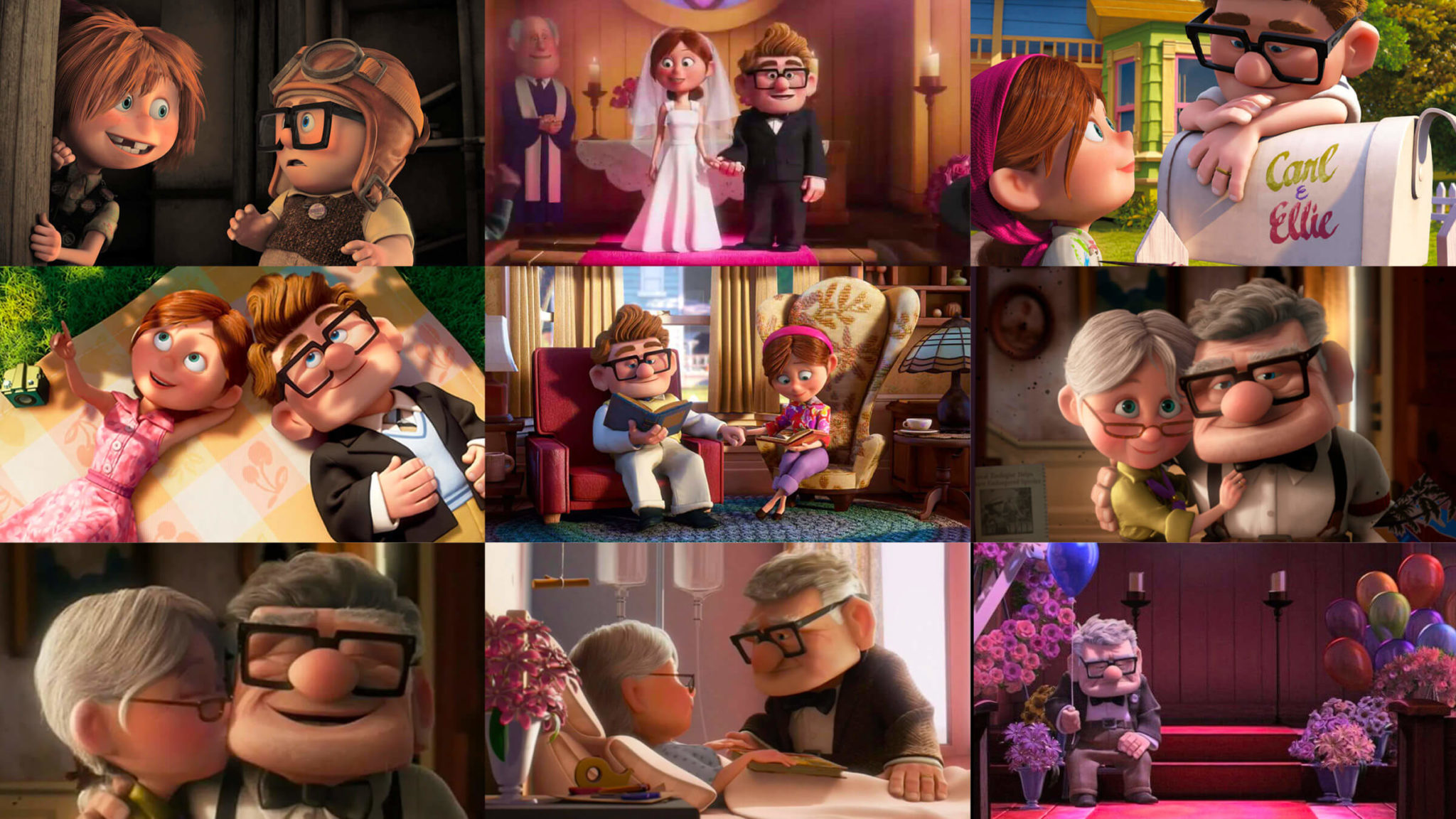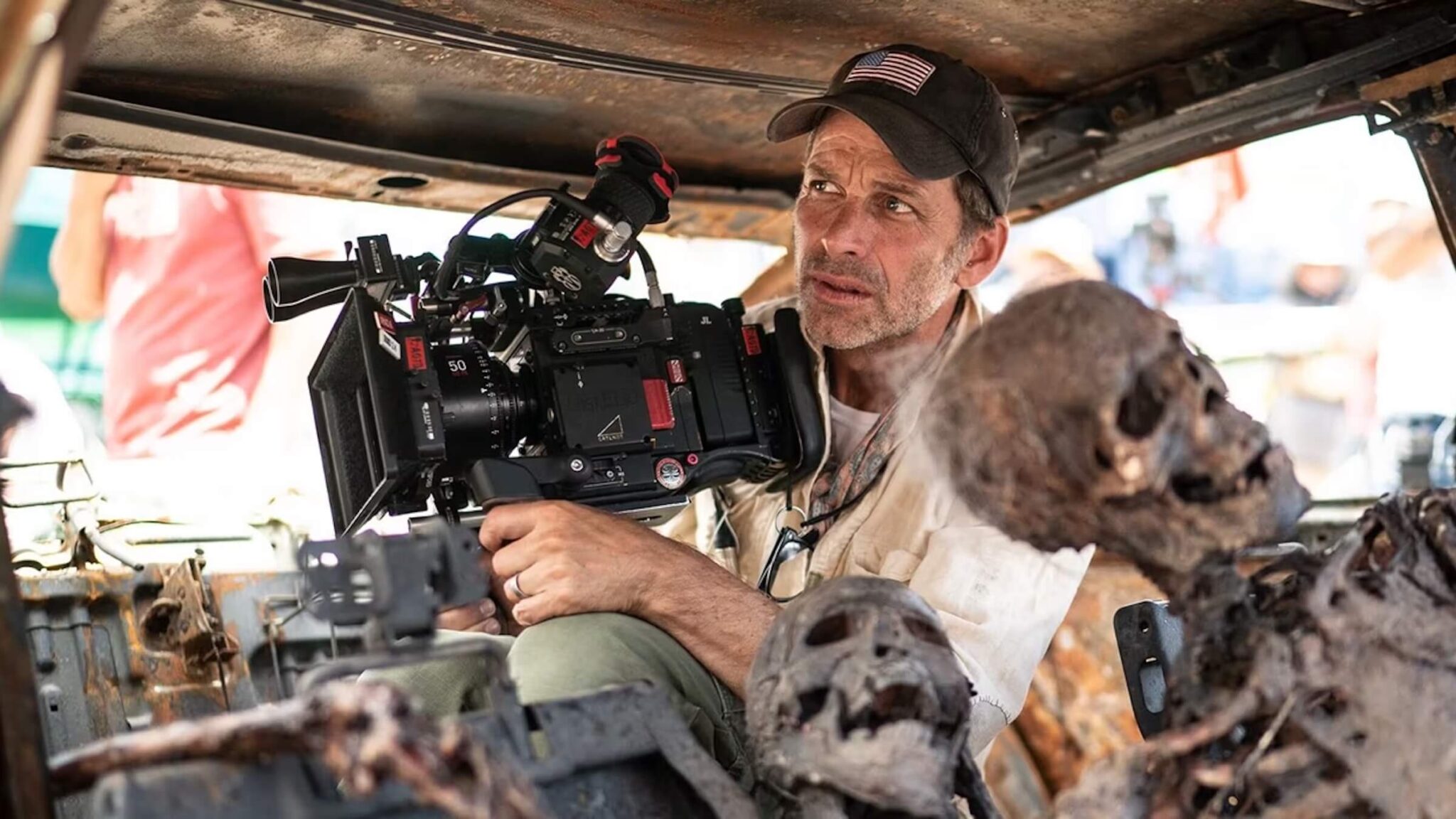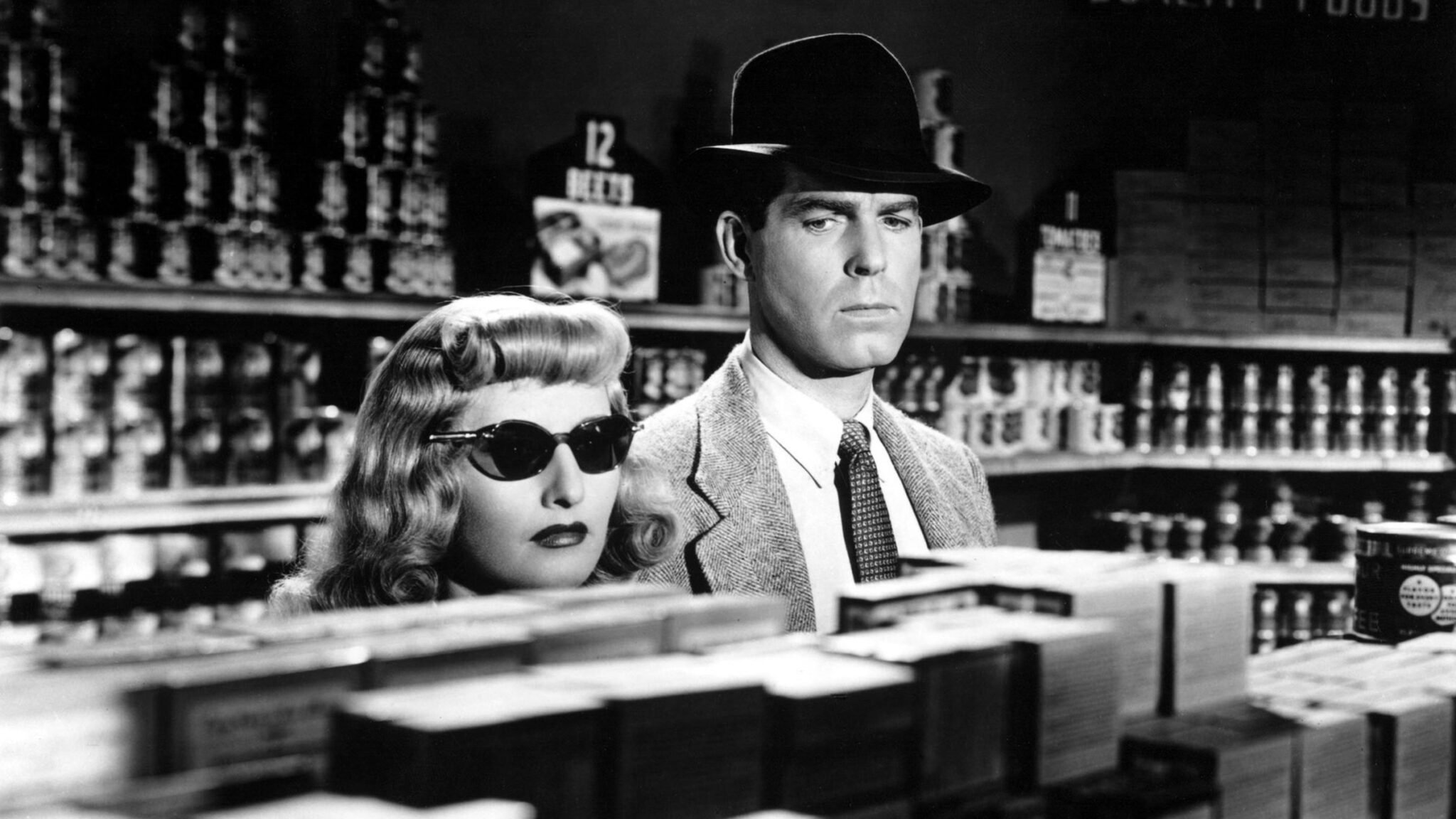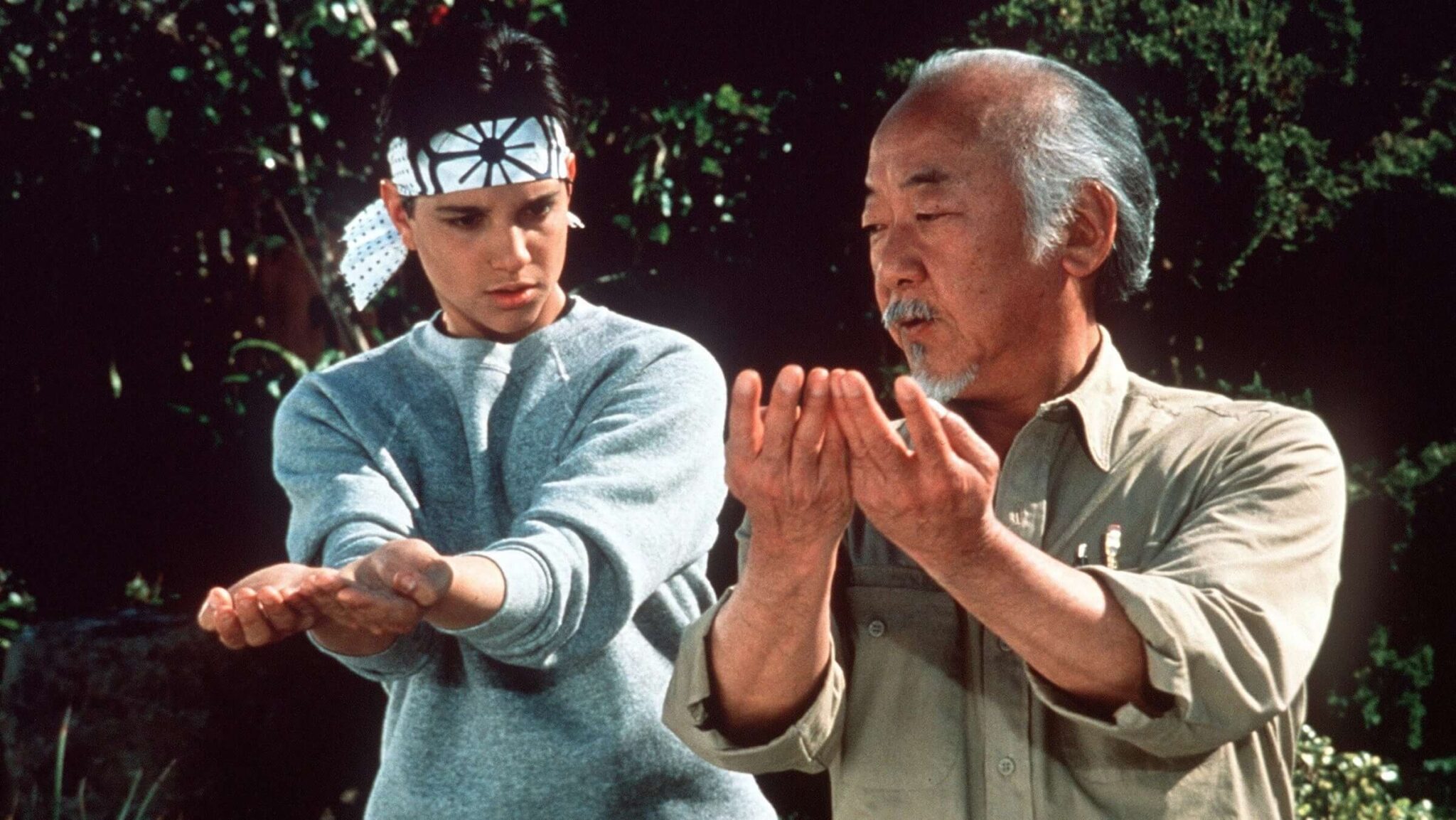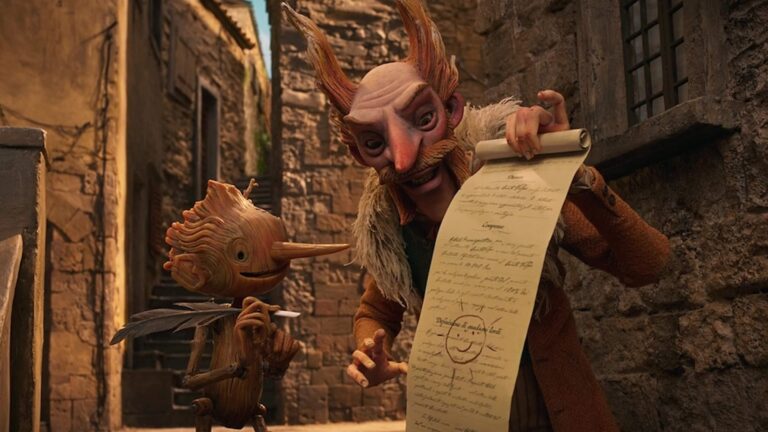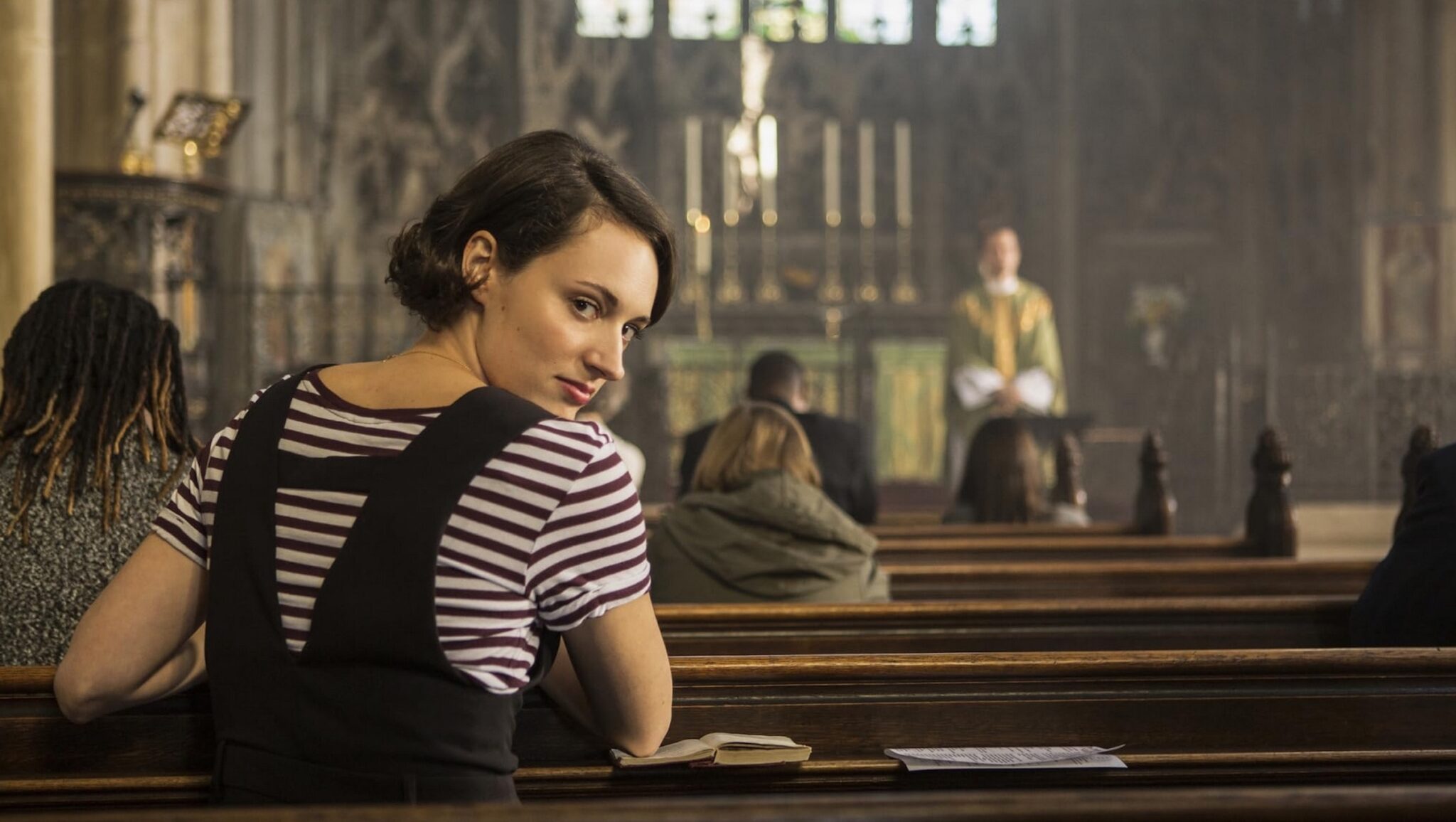What Can the Joker Teach Screenwriters About Character Development?
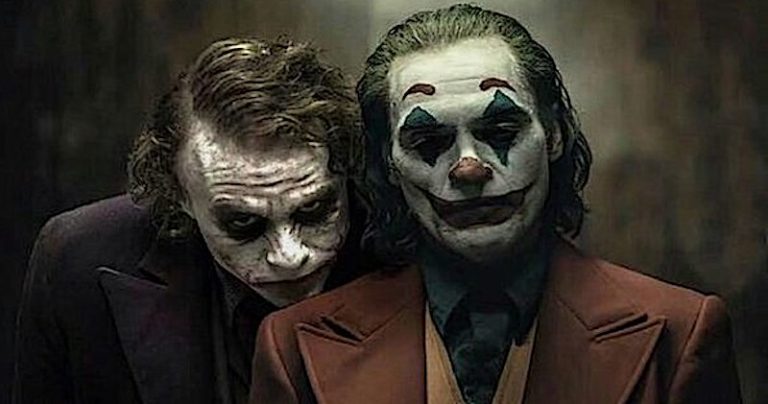
What can the different cinematic depictions of The Joker teach you about how to develop characters?
When you're developing a character, you have endless options that you can explore when it comes to character depth and depiction.
You can focus on their physical journey, their emotional journey, or a combination of the two. You can create a sense of mystery about them, or you can show us exactly what makes them tick.
With the most recent critically-heralded depiction of one of cinema's most intriguing antagonists — The Joker — we can see the vastly different approach that the writers, director, and actor Joaquin Phoenix took. And when you hold this depiction up against previous incarnations of the character, you can see the possibilities that were present and the choices that were made — information that can be valuable to any writer attempting to conjure a new character within their story.
Here we compare and contrast the different approaches that were taken with various cinematic depictions of The Joker, and what screenwriters can learn from those differences as they develop their own characters and how their stories will be told.
A Focus on Hilarity

When the character was first introduced in Batman #1 in 1940, Joker was Batman's first villain — a remorseless serial killer that was modeled after a joker playing card. He killed his victims with a toxin — "Joker Venom" — that left their faces smiling grotesquely.
However, just over a dozen issues in, DC found that the marketing for comics would be best focused on children. Joker became more of a prankster than anything. His darker side would disappear — for the most part — for thirty years.
Through the mid-1950s to the early 1970s — known as the Silver Age of the Batman comic and its villainous character — Joker was lighter fare. One-liners, lethal joy buzzers, trick guns, acid-squirting flowers, and goofy crimes were the character traits that he was known for.
Cesar Romer's interpretation of the character in the 1960s Batman television series — and the 1966 movie version — embraced that hilarity of the character, rather than the darker roots we saw in the 1940s comic depictions. This fare matched the tone of the series as well, which was generally slapstick and light. He even had a surfing competition with Batman in one episode.
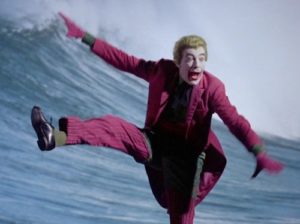
These conceptual choices were based on the times, needs, and wants of the era, but a decision made nonetheless.
A Little Bit of Backstory

If there's a more contemporary version of the Silver Age Joker, Jack Nicholson's depiction of the character in 1989's Batman — as written by Sam Hamm and directed by Tim Burton — is the closest thing to it. But Hamm managed to inject some of the darker aspects of the character as well.
We get a little more depth with this incarnation of Joker.
He's given a backstory, something Cesar Romero's version didn't really have. And this backstory connects Joker with protagonist Bruce Wayne/Batman. We learn that Joker's true identity, gangster Jack Napier, was the one who killed Bruce Wayne's parents, which later pushed Wayne to become the Caped Crusader known as Batman.

By adding this story element, the character of The Joker is given more depth. We learn why he is the way he is.
During the Bronze Age of the Batman comics that started in the mid-1970s, Joker returned to his darker roots as an impulsive, homicidal maniac who goes up against Batman. The writers made Joker legally insane.
Nicholson's version of the character balances these darker tones with the hilarity of the 1960s Cesar Romero depiction. He's manic and violent, but also funny. Yet the humor of the character is often played ever-so darkly, matching well with Tim Burton's gothic style of cinematic storytelling.

So with some added layers, this Joker became more compelling to the point that some viewers began to do the unthinkable — treasure the villain over the hero.
Strong Themes and Mystery

The Joker was unfortunately killed off in the 1989 film, a decision that was part business-related (Nicholson not wanting to be tied to a franchise and character) and part story-choice (to bring some form of closure to Batman's adventure).
He wouldn't return until the critically-heralded 2007 Christopher Nolan film The Dark Knight, a sequel to his own Batman Begins reboot of the franchise, and written by his brother Jonathan Nolan.
Heath Ledger brilliantly portrayed Joker and even had a hand in his characterization. He would go on to win a posthumous Best Supporting Actor Academy Award for his portrayal after his untimely death before the release of the film.
Ledger's Joker is centered around the theme of chaos.
There's no real order to the decisions that the character makes beyond wanting to create chaos and see Gotham burn.

He has no stakes in the matter. He's not trying to profit. And in this version, there's no connection between him and Bruce Wayne/Batman, beyond Bruce Wayne/Batman being in Joker's way.
While there's less story depth with Joker in this film, we're given elements that are much more intriguing — strong themes and mystery.
The theme of chaos is center to not only the plot of the screenplay but also center to the character of The Joker. Even Joker's makeup is chaotic. And his smile is hideously permanent — the result of deep scares within his face.
Joker wants Gotham to burn, merely because he embraces the concept of chaos. And it's that theme that drives the character and propels him forward.
And beyond the chaos, it's the mystery that makes this depiction even more engaging. We never learn the backstory of this character, which is a significant departure from the 1989 version. In fact, when we're teased with the story of how Joker got those scars, we realize that he lies.

We never learn where they came from, and this mystery is much more enthralling than a flashback or expositional dialogue.
Learn how to write great movie dialogue with this free guide.
It's interesting to see how theme can drive a character, whether they are a protagonist or antagonist, hero or villain. And much can be said about how a little mystery can engage an audience. We don't always need to know the hows and whys of a character. Sometimes it's just enough to learn what drives them. And in this case, chaos is the answer.
Relying on the Aesthetics

With Ledger's untimely death in 2007, we never had the chance to see his Joker grace the screens again.
In 2016, the character was resurrected for the DC Universe film Suicide Squad. Sporting a hybrid look of gangster, clubber, and hipster, Jared Leto's seemingly universally-disliked take on Joker was all in the aesthetics.
The performance was odd enough to be Joker-friendly but too odd to really capture the hearts of fans after Ledger's dark and brilliant turn.
The writing of the character seemed overly forced and the conceptualization of this incarnation aesthetically on-the-nose — and literally on the forehead as this Joker has a tattoo that reads "damaged" just below his hairline.

We knew this character was Joker because of the white skin, the green hair, the manic laugh, and the visuals of him laying in the middle of endless strategically-placed weapons. He did bad things, intimidated people, and battled with Batman. But that's all that this version of Joker really gave us.
For screenwriters, when you're trying to create a character, aesthetics can only get you so far.
Too many ill-fated screenplays have tried to use aesthetics to define character — a cowboy hat to denote a loner, a scar to denote a history, a cross to denote faith. It's not enough. And if overly used, aesthetics (props, wardrobe, traits) can come off as desperation or the act of trying too hard.
A Character Study

Before the release of Suicide Squad, it's implied that Jared Leto's version of the character would return in subsequent sequels and other films within the DC Cinematic Universe. However, with his divisive turn, it's likely that this will never happen.
Instead, the studio turned to a pitch by Todd Phillips (best known for The Hangover franchise) that had a cinematic story center fully on the character of Joker. No Batman. No Harley Quinn. No superheroes at all.
Just a dark and troubled man struggling in life, suffering from depression, escaping into fantasies, taking multiple medications, dealing with an embarrassing laughing condition, and watching the society around him crumble.

2019's Joker, written by Phillips and Scott Silver, put the narrative solely within the unreliable hands of Arthur Fleck.
The world of Gotham is more 1980s crime-riddled New York than it is comic book Gotham. It is rife with unemployment and crime. Segments of the population are disenfranchised and impoverished.
Arthur suffers from a neurological disorder that causes him to laugh when he is most upset, and often at the most inappropriate times. He relies on a social services worker for emotional support and medication. And when that is taken away from him — as well as his dear mother — his downfall is swift, and, fittingly, manic.
He struggles to be noticed in a world that has no interest. He tries his best to stay afloat but can't hold down a job. And as conflict mounts and mounts, his inner rage against the machine known as society and authority is unleashed.
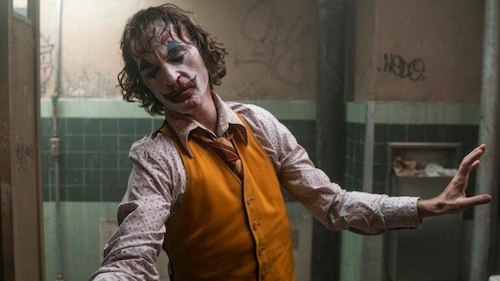
This isn't just an origin story. And it certainly isn't a backstory to connect with Batman, as was evident in the 1989 film. This portrayal is a character study, inspired by the Martin Scorsese films Taxi Driver and The King of Comedy, and even, to a lesser degree, David Fincher's Fight Club.
When you decide to make your whole story a character study, you're exploring every possible piece of the essence of that character. Plot isn't as vital in this type of characterization. Instead, that character's emotional journey leads the narrative.
Joker humanizes the criminal — the evil that we know will reign as The Joker. And while there is some uproar about humanizing a murderer and the evil at heart, there's no escaping the fact that even in the real world, our most despicable, maniacal, and unforgivable criminals and murderers are, in fact, human. And that is exactly what intrigues us about this depiction of Joker.
Joker is humanized. And because of this characterization choice, we're left highly unsettled despite any empathic feelings we have for him. Actually, audiences were left unsettled primarily because we had empathetic feelings for a character that did such horrible things.
Writers can use specific approaches to a character, whether it be hilarity or something darkly rooted.
You can inject a little bit of backstory to give them depth.
You can let strong themes and mystery drive the character and the reader or the audience's interest.
You can use aesthetics to accentuate the character — while being careful not to rely on those elements entirely.
And you can choose to develop a character study that is less about plot and more about that character's journey through whatever conflict they are facing.
You can pick and choose from these elements to mold a well-balanced and well-conceived character as well.
The cinematic depictions of this iconic character — The Joker — can help you understand the many choices you have for your protagonists and antagonists.
We also pay great respect to Mark Hamill's depiction of the character throughout animated television episodes, feature animated films, and video games. Since many of his turns as Joker were written through multiple episodes and animated films, we choose to focus solely on single live-action representations of the character (with the exception of Cesar Romero, who also depicted the character on multiple episodes of the Batman television series). We celebrate the many versions of Hamill's Joker nonetheless.

Ken Miyamoto has worked in the film industry for nearly two decades, most notably as a studio liaison for Sony Studios and then as a script reader and story analyst for Sony Pictures.
He has many studio meetings under his belt as a produced screenwriter, meeting with the likes of Sony, Dreamworks, Universal, Disney, Warner Brothers, as well as many production and management companies. He has had a previous development deal with Lionsgate, as well as multiple writing assignments, including the produced miniseries Blackout, starring Anne Heche, Sean Patrick Flanery, Billy Zane, James Brolin, Haylie Duff, Brian Bloom, Eric La Salle, and Bruce Boxleitner. Follow Ken on Twitter @KenMovies
Tags
Get Our Screenwriting Newsletter!
Get weekly writing inspiration delivered to your inbox - including industry news, popular articles, and more!








